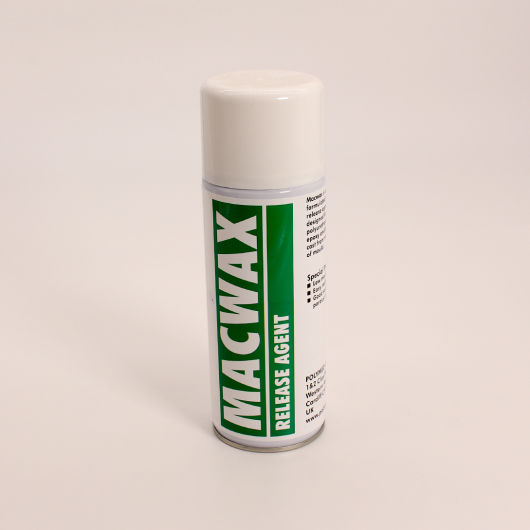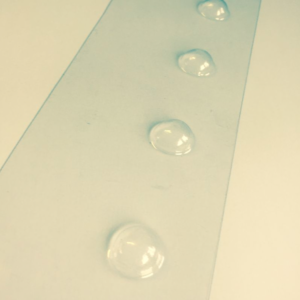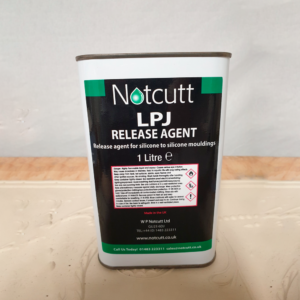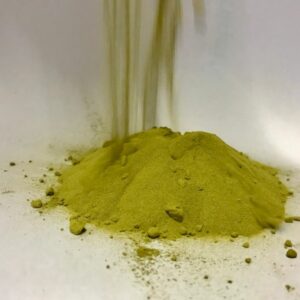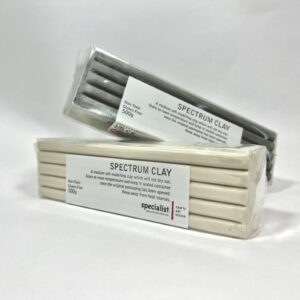Macwax Release Spray
When removing your creations from their moulds, the MACWAX Release Spray will make your life a whole lot easier and prevent any demoulding disasters!
Specifically designed for releasing polyurethane, polyester, epoxy and other plastic casts from various types of moulds, this little miracle in a can is about to become a staple in your kit!
£15.00
In stock
Next Day Delivery*
We endeavour to dispatch all order within 24 hours, but please allow 3-5 working days for delivery (due to current global supply chain issues).
Shipping Information
Our shipping costs are worked out by the gross weight of your order delivered to your address. NB: We do not currently ship internationally (UK only).
MACWAX release spray is a blend of waxes dispersed in rapid drying solvents and packed in aerosol form. This product does not contain CFCs, 111-trichloroethane or any other kind of halogenated solvent.
Special Properties
Low mould build up
Easy Release
Good sealing of porous surfaces
APPLICATIONS
MACWAX release spray is suitable for use with many casting materials and a variety of mould types. Typical casting materials are polyurethane epoxy acrylic and polyester. MACWAX is also used extensively for moulding flexible semi-rigid and rigid polyurethane foams.
MACWAX has been formulated for high quality general purpose moulding at temperatures from ambient to 80°C.
MACWAX may be used where a silicone release agent is undesirable such as when the moulded part needs to be painted or bonded.
MACWAX may also be used as a sealant for wood stone cement and other porous surfaces prior to moulding. Very porous substrates may require the application of a specialised sealant prior to application of MACWAX
The material is in a ready to use aerosol. It should be shaken well before use.
Usage Details :
The material is in a ready to use aerosol. It should be shaken well before use.
The aerosol can should be held 250 mm – 350mm away from the mould surface. The can should be kept moving during the spraying otherwise patches of excess material will form. If possible the spray should be kept perpendicular to the area being sprayed.
The application of a number of light coats is preferable to one heavy coat. Light coats allow the solvent to dry more rapidly and improves the surface finish.
The application technique used will depend upon mould geometry. Deep Sections undercuts and recesses often cause incomplete coverage by parts of the mould surface from the release agent spray. This may lead to difficulty in releasing the moulded parts.
A thin sprayed coat should dry within 2 minutes at 20°C. Higher mould temperatures and a current of air over the mould will lead to shorter drying times. Casting onto release agent which has not fully dried may cause softening of the surface of the moulded part.
For technical and safety data check out our Knowledge Hub
